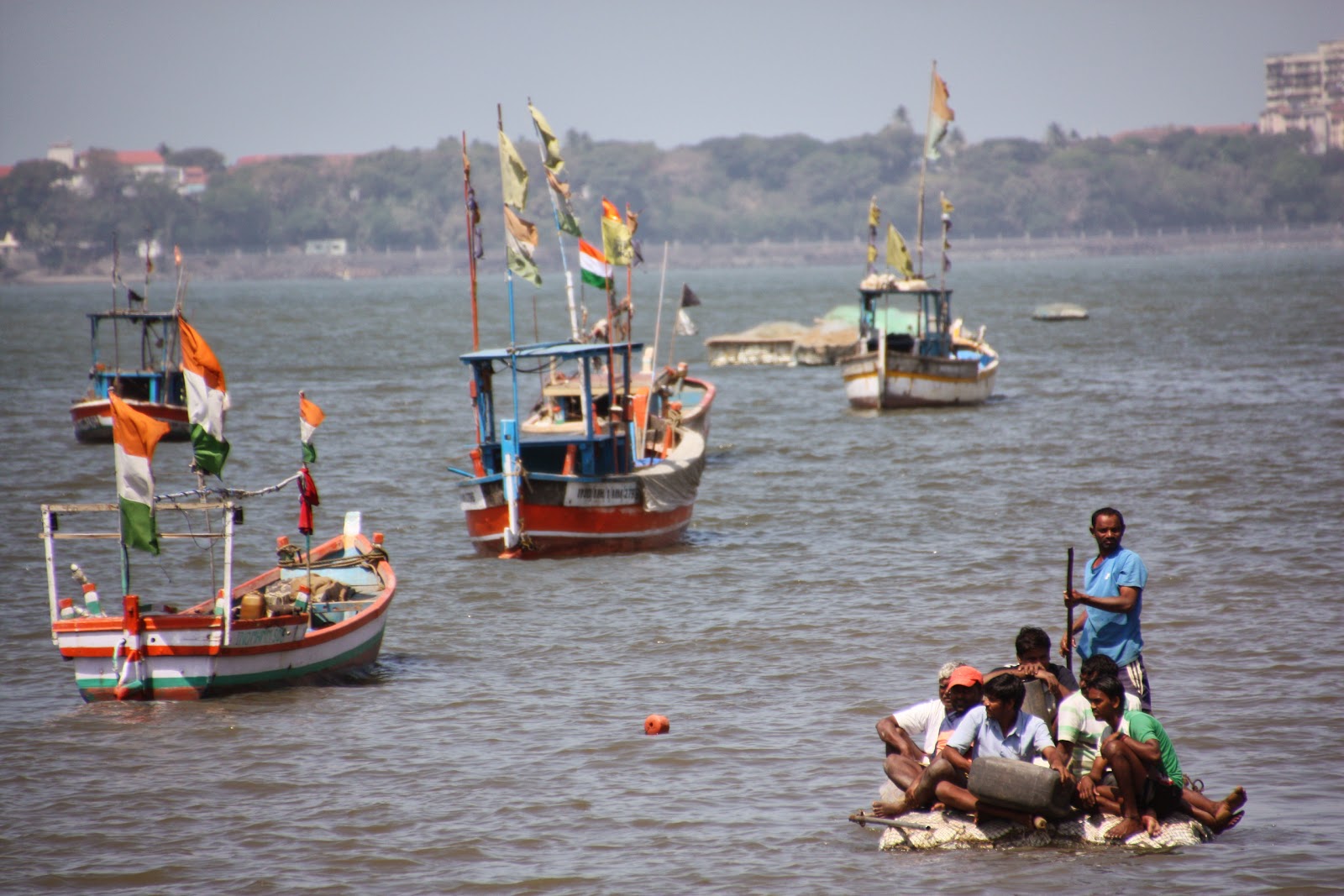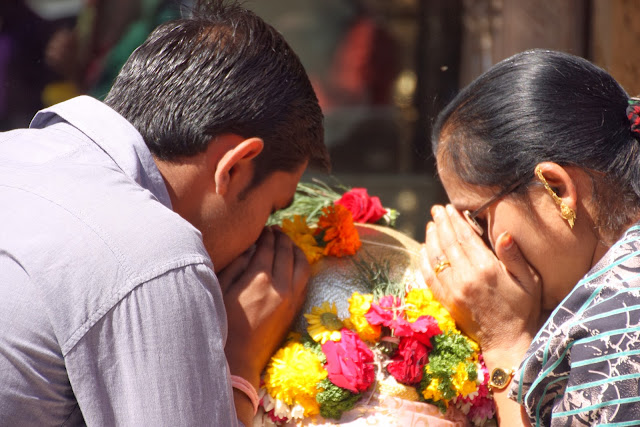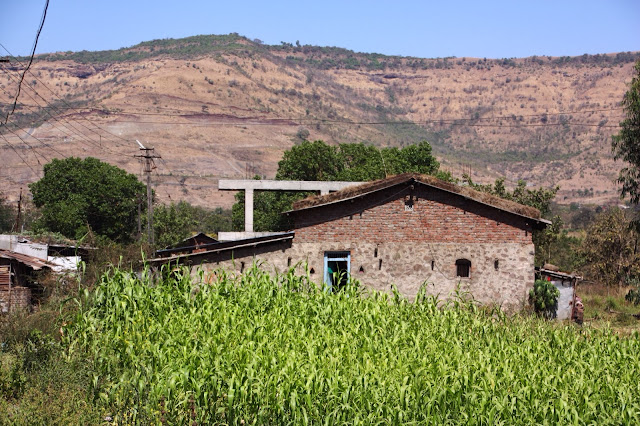Totally soaked, exhausted, and covered with colors. This is how I drove home on Monday after 'playing' Holi with the kids at Manavya. Most everyone else I saw on the road that afternoon looked the same way. A celebration unlike any I have been a part of before, Holi is essentially a sixteen hundred year-old paint war among friends and strangers all over India. Mix the chaos of Mardi Gras with a country-wide water balloon fight and splatter everything with a rainbow of bright colors, then you get Holi.
Of course there is much more to it than what I've just described. The "festival of colors" is an annual celebration marking the end of winter and the coming of spring. A chance to repay (or forgive) debts, let go of grudges, and get rid of any regrets from the past year. Holi is recognized over two days, typically around the same date and always during the full moon phase. Day one begins at sundown with a spiritual ceremony and a large bonfire, followed by a day of slinging paint all over anyone around you while yelling "Holi Hai!" I first saw children playing in the streets at seven thirty in the morning, and by nine I had been slapped in the face by a random handful of orange powder and drenched with a bucket of pink water. Most of adults I saw tried to avoid this, but were ultimately dragged into the pandemonium against their will. Holi appears to transcend all social and economic boundaries - young, old, rich, poor - no one is safe from the colorful chaos.
This is an amazing tradition to see in India, but I am glad it only happens once a year - it's a week later and I am still cleaning the green paint out of my ears. The few photos I was able to sneak in between soakings are below.
Of course there is much more to it than what I've just described. The "festival of colors" is an annual celebration marking the end of winter and the coming of spring. A chance to repay (or forgive) debts, let go of grudges, and get rid of any regrets from the past year. Holi is recognized over two days, typically around the same date and always during the full moon phase. Day one begins at sundown with a spiritual ceremony and a large bonfire, followed by a day of slinging paint all over anyone around you while yelling "Holi Hai!" I first saw children playing in the streets at seven thirty in the morning, and by nine I had been slapped in the face by a random handful of orange powder and drenched with a bucket of pink water. Most of adults I saw tried to avoid this, but were ultimately dragged into the pandemonium against their will. Holi appears to transcend all social and economic boundaries - young, old, rich, poor - no one is safe from the colorful chaos.
This is an amazing tradition to see in India, but I am glad it only happens once a year - it's a week later and I am still cleaning the green paint out of my ears. The few photos I was able to sneak in between soakings are below.


































































